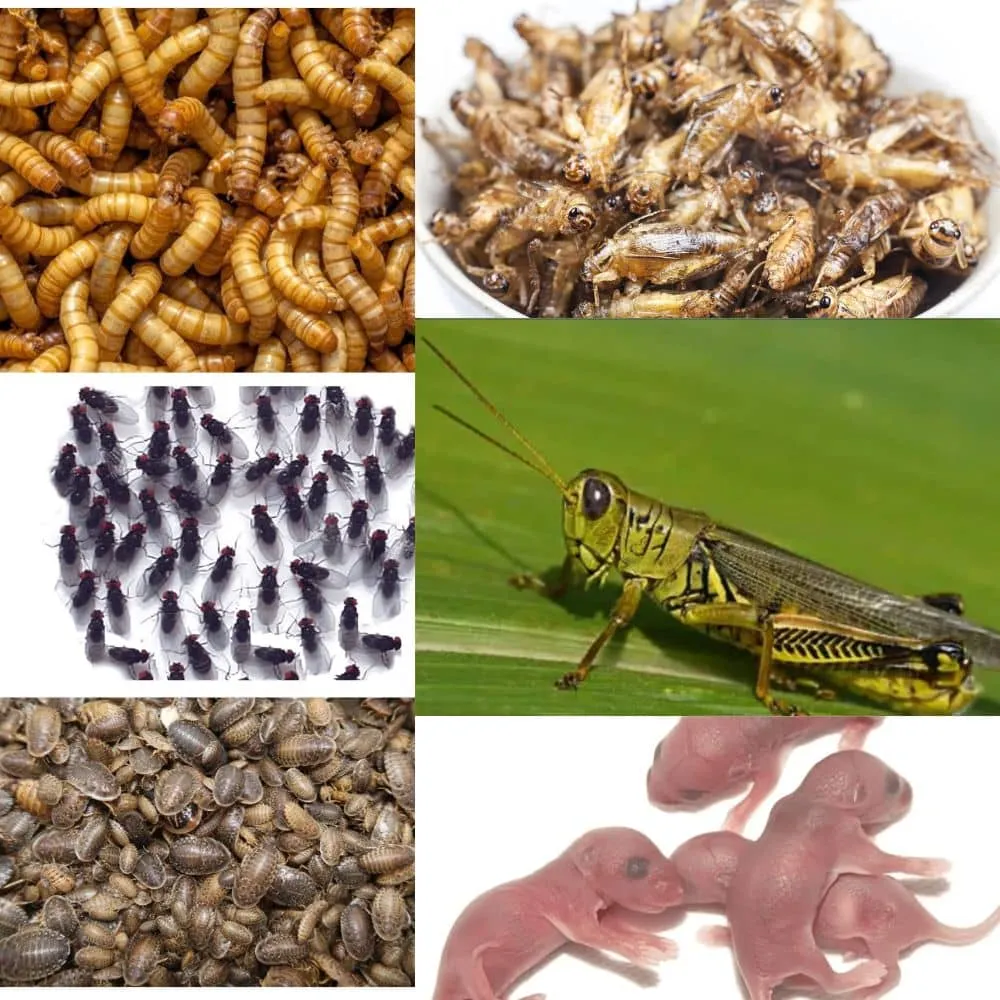Understanding Tarantula Dietary Needs
Keeping a tarantula as a pet can be a fascinating experience, but it comes with the responsibility of providing proper care, and a crucial aspect of tarantula care is understanding their dietary needs. Tarantulas are obligate carnivores, meaning their diet consists solely of animal matter. This fundamental fact dictates everything from the types of food you offer to the frequency with which you feed your eight-legged friend. Providing the right diet is essential for their health, growth, and overall well-being. It is important to educate yourself on the needs of your tarantula as it’s a key aspect of responsible pet ownership. The information below should help you understand how often your tarantula should eat.
Factors Influencing Tarantula Feeding Frequency
Several factors influence how often you should feed your tarantula. These variables ensure that you customize your feeding schedule to meet your specific tarantula’s requirements. Understanding these factors is vital for maintaining a healthy tarantula.
Tarantula Species

Different tarantula species have different metabolisms and growth rates. Some species, like the fast-growing Pamphobeteus or Theraphosa species, may require more frequent feeding when young. Others, like certain Brachypelma species, are slower growers and may need less frequent feedings. Research your tarantula species to understand its specific needs. Additionally, terrestrial tarantulas have different needs than arboreal species. Species native to arid environments have adapted to surviving on less food than those from more humid habitats.
Tarantula Size and Age
The size and age of your tarantula are critical determinants of its feeding schedule. Spiderlings, the youngest tarantulas, need more frequent feeding compared to juveniles or adults because of their rapid growth. As they molt and grow, their feeding needs change. Juvenile tarantulas require a moderate feeding frequency. Adult tarantulas, which have reached their full size, typically need to eat less often. It is essential to adjust the feeding schedule as your tarantula matures.
Environmental Conditions
Environmental factors, particularly temperature, can also affect a tarantula’s appetite and metabolism. Warmer temperatures speed up metabolism, potentially increasing the need for food. Conversely, cooler temperatures may slow down metabolism, decreasing the need for food. Always monitor your tarantula’s behavior and adjust the feeding schedule accordingly. Humidity also plays a role. Species that are adapted to humid environments may require more moisture from their food, influencing how often they eat. Temperature can affect activity levels and feeding habits.
General Feeding Guidelines for Tarantulas
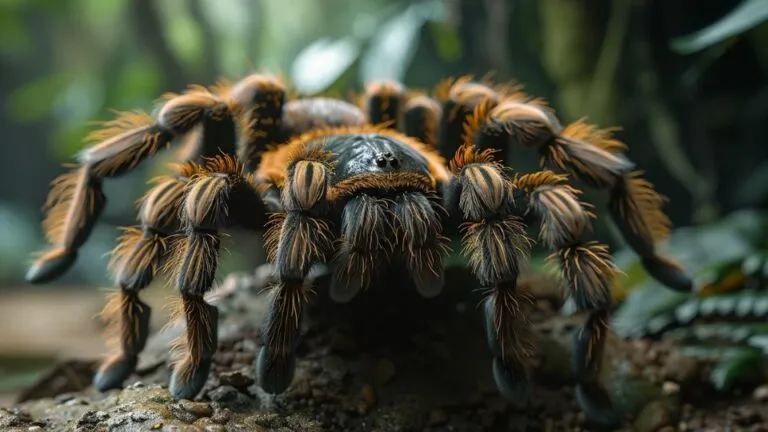
General guidelines can help you establish a feeding routine, but remember to observe your tarantula and adjust as needed. Adjustments should be made based on your observations of your tarantula’s feeding behavior and overall condition. There is no one-size-fits-all answer. These guidelines provide a starting point for responsible tarantula care.
Spiderlings
Spiderlings, being in the early stages of life, have a high metabolism and require frequent feeding. Generally, spiderlings should be fed every 2–3 days. Provide them with small, appropriately sized food items, such as flightless fruit flies or small pinhead crickets. Monitor their abdomen; a well-fed spiderling will have a rounded abdomen. Avoid overfeeding, as it can lead to health problems, but ensure they have access to food regularly to support their growth. It’s important to always have water available.
Juvenile Tarantulas
Juvenile tarantulas require a slightly less frequent feeding schedule than spiderlings. Feed juvenile tarantulas about once a week. The size of the food items should increase as they grow. Crickets, mealworms, or roaches can be offered. Make sure the prey is no bigger than the tarantula’s abdomen. Always remove any uneaten food within 24 hours to prevent stress. The tarantula’s abdomen should appear full but not overly distended. Monitoring their growth progress will guide you in your care.
Adult Tarantulas
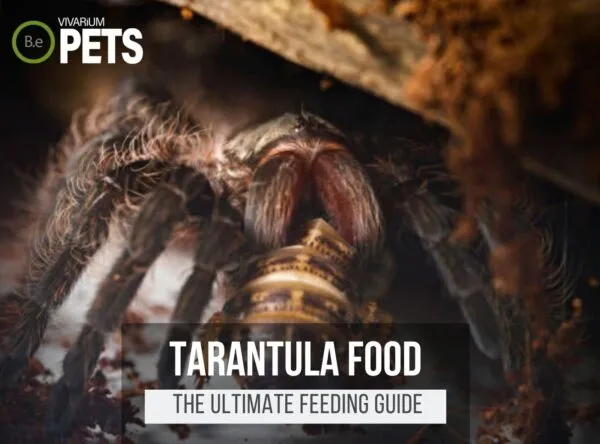
Adult tarantulas can be fed even less frequently, often every 1–2 weeks, or even less. The feeding schedule can be adjusted based on the individual tarantula’s appetite and the species. Adults generally require larger prey items, such as adult crickets or a couple of mealworms. It’s important to provide a varied diet. Observe their behavior; if they consistently refuse food, they may be in premolt. Overfeeding adult tarantulas can lead to obesity and health problems, so caution is advised. Check the abdomen of your tarantula to ensure it has a healthy fullness, but is not bulging.
The Importance of Food Variety for Tarantulas
Providing a varied diet is essential for the health and well-being of your tarantula. While crickets are a common food source, offering a range of prey items ensures that your tarantula receives a comprehensive intake of nutrients. This variety can help avoid nutritional deficiencies and promote overall health. It’s also a good method to stimulate their natural hunting behavior and keep your tarantula interested in feeding time. A well-balanced diet contributes to robust growth, strong molts, and improved immunity.
Recommended Food Items for Tarantulas
Choosing the right food items is critical for a healthy tarantula diet. Always prioritize live prey to stimulate the tarantula’s natural hunting instincts. The size and type of food should be suitable for the tarantula’s size and age. Always ensure that the prey items are healthy and free from parasites or pesticides. Supplementation with vitamins or minerals is typically unnecessary if you feed a varied, nutritious diet. The choice of food items should support the tarantula’s overall health and vitality.
Insects

Insects are the primary food source for tarantulas. Crickets, mealworms, superworms, and roaches are all commonly used. Crickets are a staple food, readily available and easy to manage. Mealworms and superworms are nutritious but should be used in moderation due to their high-fat content. Roaches, like Dubia roaches, offer a good nutritional profile and are relatively easy to breed. Always gut-load the insects before feeding them to your tarantula. This means feeding the insects nutritious food, so your tarantula benefits from the nutrients. Be careful about pesticide contamination.
Other Food Options
While insects are the foundation of a tarantula’s diet, other food options can be considered. Pinkie mice (baby mice) can be offered to larger adult tarantulas as a supplement, but should not be a regular part of the diet. They are high in fat and can lead to obesity. Avoid feeding wild-caught insects, as they may carry parasites or be exposed to pesticides. Pre-killed prey can also be offered if your tarantula is hesitant to hunt live prey. Offering a varied diet is the key to a healthy and thriving tarantula.
How to Handle and Feed Tarantulas Safely
Handling and feeding tarantulas requires caution to ensure the safety of both you and your pet. Tarantulas have fangs and can bite if they feel threatened, and their urticating hairs can cause irritation. Always prioritize safety and respect the tarantula’s needs when feeding them. Proper handling and feeding practices minimize stress for the tarantula and provide a safe environment. The approach you take should be thoughtful and considerate of the tarantula’s well-being.
Preparing the Enclosure
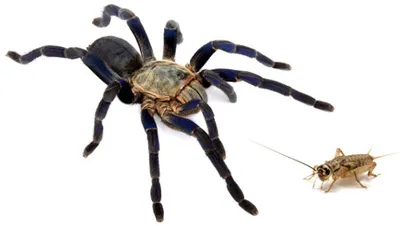
Before feeding, ensure the enclosure is clean and safe. Remove any old food, molts, or debris from the enclosure. This helps maintain hygiene and reduces the risk of mites or other pests. Provide fresh water in a shallow dish. Ensure the enclosure is at the correct temperature and humidity for the species. A well-prepared enclosure creates a comfortable environment for your tarantula and aids in feeding. A clean and prepared environment is crucial for the tarantula’s health and reduces the risk of any problems.
Offering Food
Use long tongs to offer food items to your tarantula. This keeps your hands away from the fangs and minimizes the risk of a bite. Gently place the prey item near the tarantula, and allow it to hunt naturally. Avoid disturbing the tarantula while it’s eating. If the tarantula doesn’t show interest in the prey after a few hours, remove it. Never force-feed your tarantula. The feeding process should be as stress-free as possible. Always watch for the tarantula’s response to the prey.
Removing Uneaten Food
Remove any uneaten food within 24 hours. Uneaten prey can stress the tarantula and lead to mites or mold growth in the enclosure. Use tongs to carefully remove the food item. Regular removal of uneaten food is a vital part of maintaining a healthy environment. Monitoring the enclosure after feeding can prevent any problems that could arise. By removing any leftover food promptly, you can maintain a clean and safe environment for your tarantula.
Common Mistakes in Tarantula Feeding
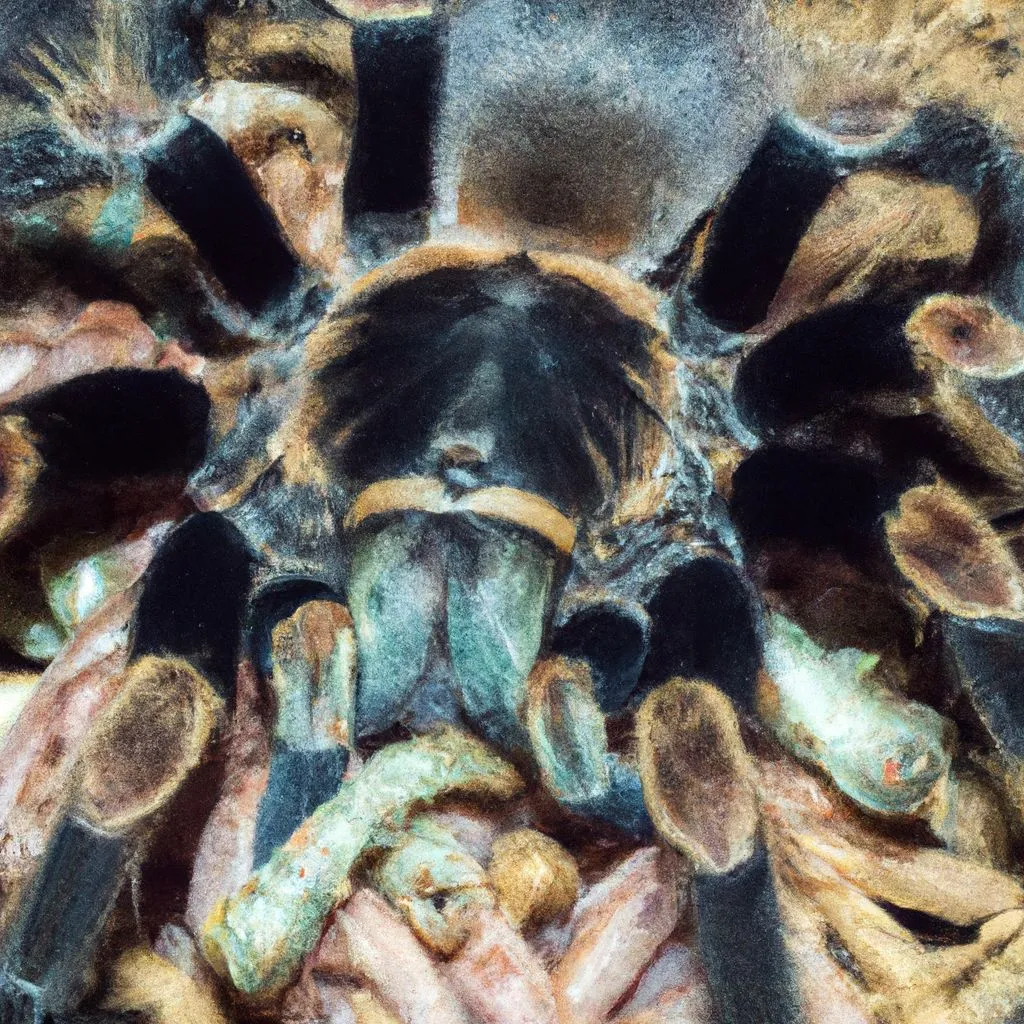
Avoiding common mistakes ensures your tarantula receives proper care. Many errors in feeding can lead to health issues or stress for your pet. By being aware of these pitfalls, you can provide the best possible environment for your tarantula. Understanding these common mistakes will help you better care for your tarantula.
Overfeeding
Overfeeding is a common mistake. Feeding too often, especially to adult tarantulas, can lead to obesity, which in turn can cause health problems. Overfed tarantulas may have difficulty molting and can develop other complications. Monitor your tarantula’s abdomen; if it’s consistently distended, reduce the feeding frequency. Adjust the feeding schedule based on your tarantula’s species, age, and activity level. Balance is important for their well-being.
Underfeeding
Underfeeding can also be detrimental. Insufficient food can lead to stunted growth, weak molts, and overall poor health. Make sure spiderlings and juveniles get enough food to support their growth. Regular monitoring of the tarantula’s abdomen will help you gauge whether they are getting enough food. Insufficient food can result in your tarantula being lethargic or losing weight. Regularly inspect your tarantula’s condition and respond to any weight changes.
Ignoring Molting
Ignoring the molting process is a serious mistake. Tarantulas often refuse food for weeks or even months before molting. Attempting to feed a tarantula in premolt can stress it. Always be aware of the signs of premolt: a dark abdomen, a lack of appetite, and lethargy. Never offer food if your tarantula is in premolt. Interrupting the process could be fatal. Patience is crucial during this period. Provide a calm, undisturbed environment to help your tarantula through the molting process, as shown in image.
Conclusion
Feeding your tarantula correctly is fundamental to its health, longevity, and overall happiness. Knowing how often to feed, what to feed, and how to do it safely can make all the difference in your pet’s life. By understanding the key factors that affect a tarantula’s diet, such as species, age, and environmental conditions, you can create a feeding schedule that suits its specific needs. Avoiding the common pitfalls of overfeeding, underfeeding, and ignoring molting will ensure your tarantula thrives. Armed with this knowledge, you’re well-equipped to provide the best possible care and enjoy the rewarding experience of keeping these fascinating creatures. Responsible pet ownership requires you to educate yourself.
